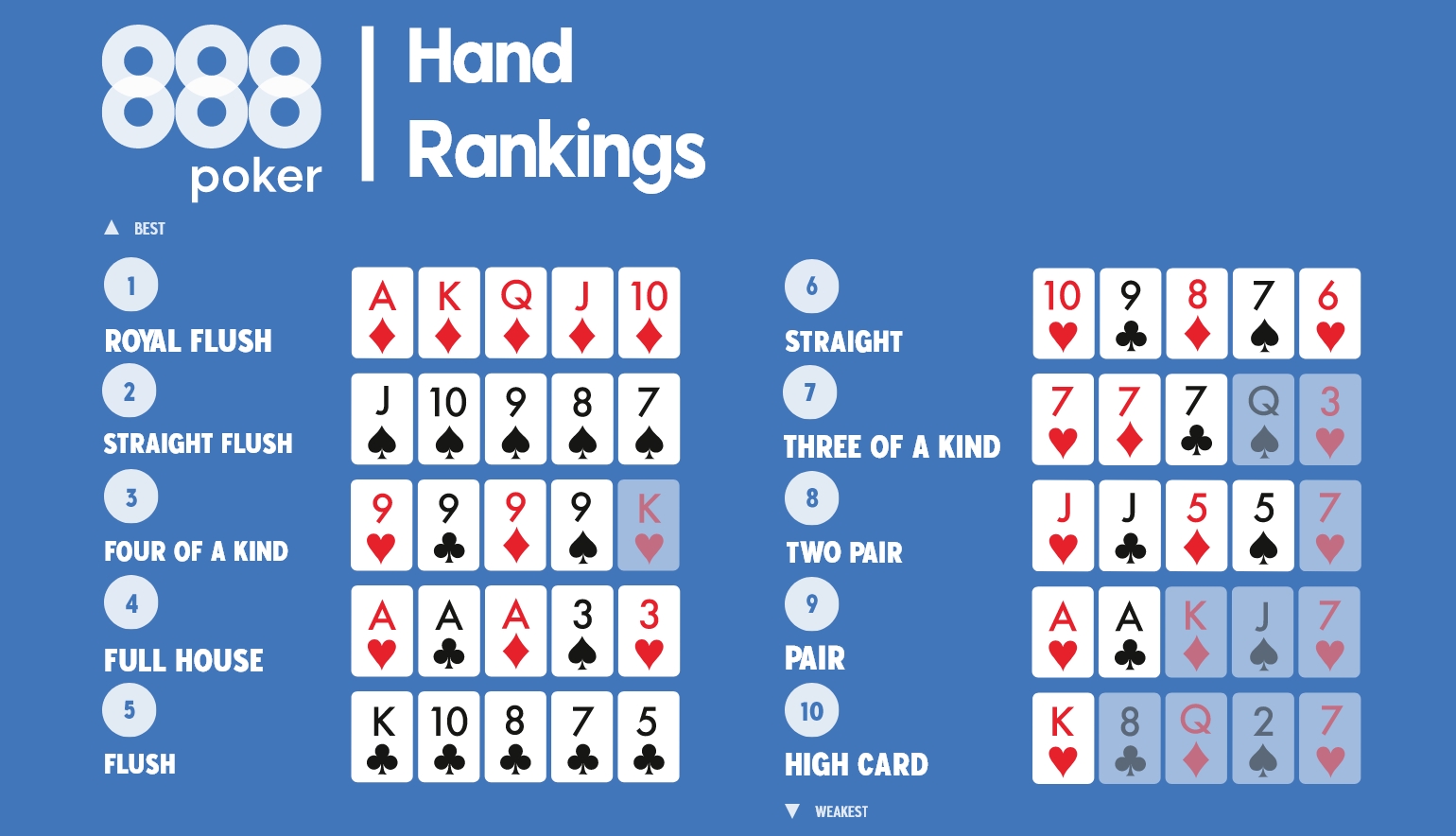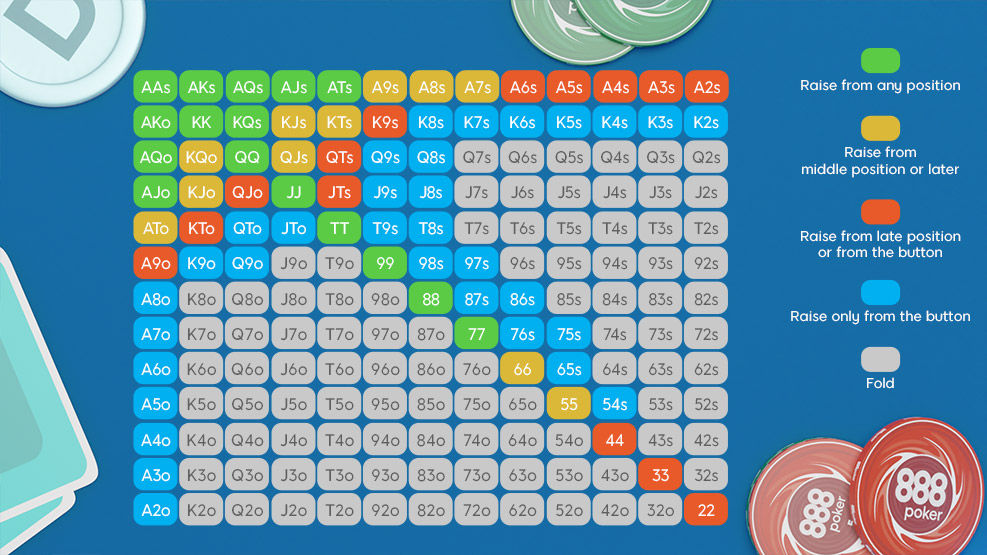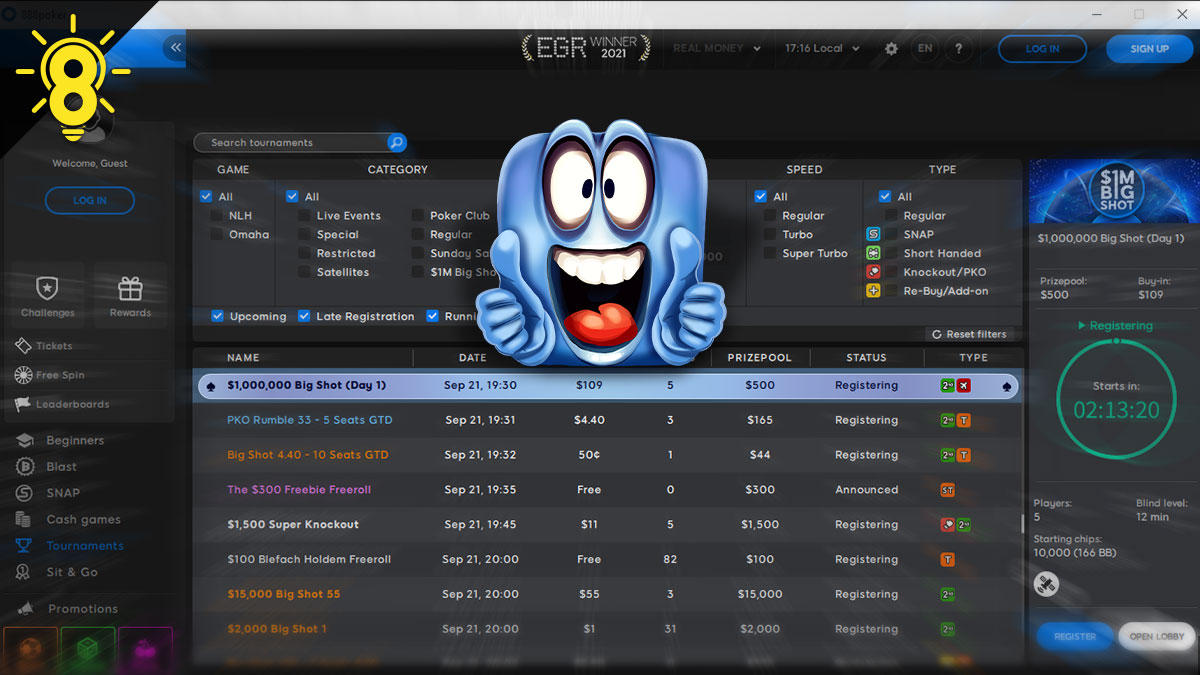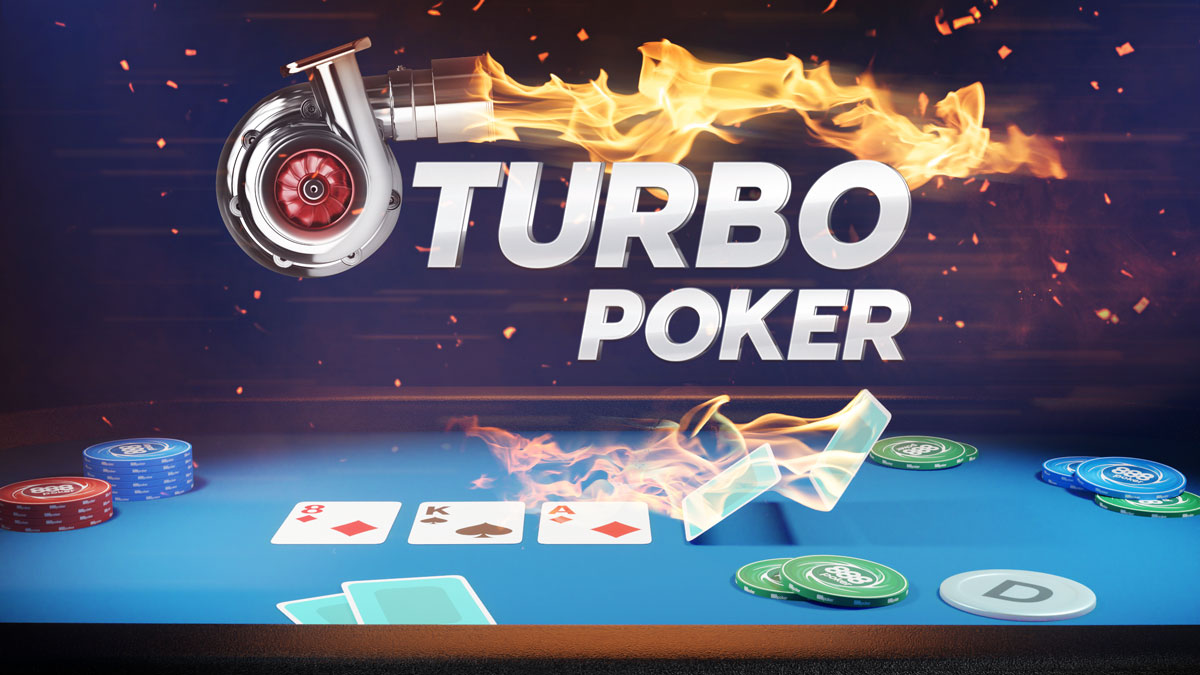You can't overstate the importance of learning texas holdem strategy. Yet, it’s surprising how many players jump into the game without any preparation! It’s like watching Manny Pacquiao or Floyd Mayweather fight without gloves. That’s what it feels like to risk your bankroll without a clear plan.
This strategy guide from 888poker will equip you with everything you need to know before stepping into the Texas Hold’em arena.
Let’s get started.
Texas Holdem Strategy: The 5 Golden Rules
If you asked a hundred people to explain the difference between strategy and tactics, few would get it right. Tactics are short-term moves, while strategy involves long-term planning. In poker, you use tactics during the hand, but strategy is what wins you the game.
There are five key strategic areas you need to focus on when playing Texas Hold’em cash games. For tournament players, check out our poker tournament tips for more advanced advice.
While many tips make up good poker strategy, mastering these five “Golden Rules” will make you better than most Texas Hold’em players:
Top 5 Texas Holdem Strategy Tips:
- Choose opening hands that can make you money in any situation.
- Observe the table and size your bets correctly.
- Avoid limping — it’s usually a losing play.
- Know when to fold to maximize your profits.
- Use your position to gain an advantage over opponents.
1. Starting with Opening Hands
The hands you choose to play in Texas Hold’em are critical. However, starting hands are just one piece of the puzzle — your position at the table plays a major role in deciding which hands to play. Generally, you can widen your opening hand range as you get closer to the Button.
Want to improve your game? Explore more Texas Holdem strategy tips and start dominating the table.











